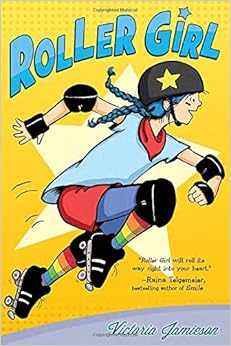
Opening Lines: "Wings trimmed tight, Shade sailed through the forest. The naked elms, maples, and oaks blazed in the moon's glow, their branches spiked with icicles. Beneath him, trees lay toppled like the skeletons of giant beasts. The groans of freezing wood filled the air, and in the distance Shade heard a mighty crack as yet another branch snapped and fell."
Shade is a bat, a particularly good, gifted, and courageous bat. As the book opens, he is tryng to protect his family and avoid war with the owls. On the run from a force of owls, Shade leads his family through what seems to be a cave and into what appears to be a bat paradise. It is an indoor jungle with all the food and nesting sites they could ever want, and no owls. One night when he is asleep, however, Shade wakes up to the sight of humans gassing some bats and pulling them from their roosts. With the help of Marina. a female bat that Shade won't admit to himself he is rather fond of, Shade discovers that they are being held in what is essentially a giant bat trap and that the humans are operating on the bats, implanting explosive devices in then, then dropping them from planes to destroy cities. Shade must convince the other bats to escape, avoid capture and implantation save the bats that have already been operated on and their targets, prevent a war with the owls, and outwit Goth, a vampire bat bent on ruling the bat kingdom and eventually the world.
Sunwing is a well-told and gripping story. It has enough action and adventure to keep kid's attention, but at the same time, Shade grows from an insecure young bat who worries about his small stature to a bat who learns to be confident in his strategic and leadership abilities, learns to stand up for what is right and persuade others to follow that path as well, and comes to understand that Marina likes him not in spite of what he thinks of as his flaws (compassion, thoughtfulness, and other traits) but because of them.
When they are trapped in the bat environment, there is a group of bats who are following a kind of a fatalistic cult that teaches that the missing bats are sacrifices that need to be made in order to enjoy their luxurious lifestyle. Readers with an axe to grind might perceive this as an attack on organized religion, but the rest of the story doesn't bear that out.
Strong second grade readers will be able to make it through this book (though it might work best as a read-aloud for that age.). Third through middle school will enjoy it. Though the book is targeted to boys, girls who enjoy fantasy and/or nature will also find it captivating. There are two other books in the series that I know of, Silverwing and Firewing. I recommend them all.

